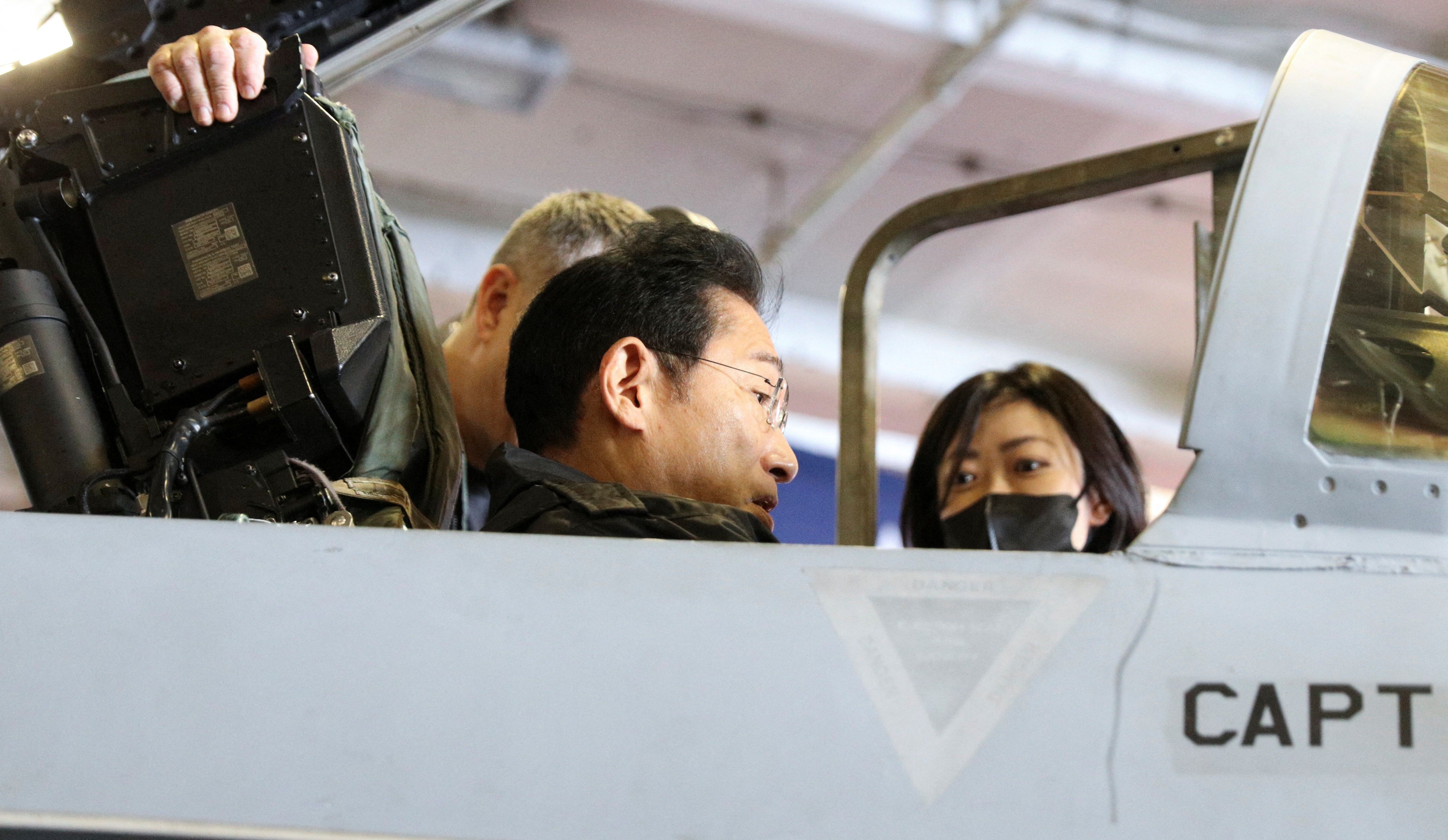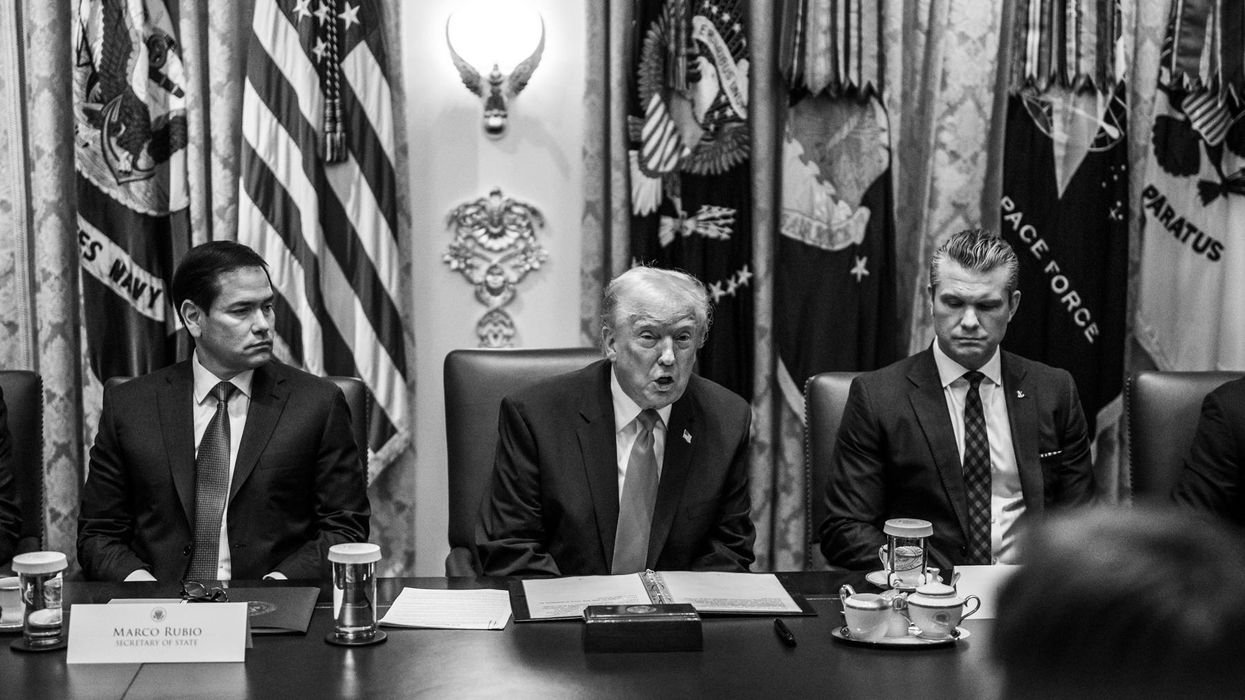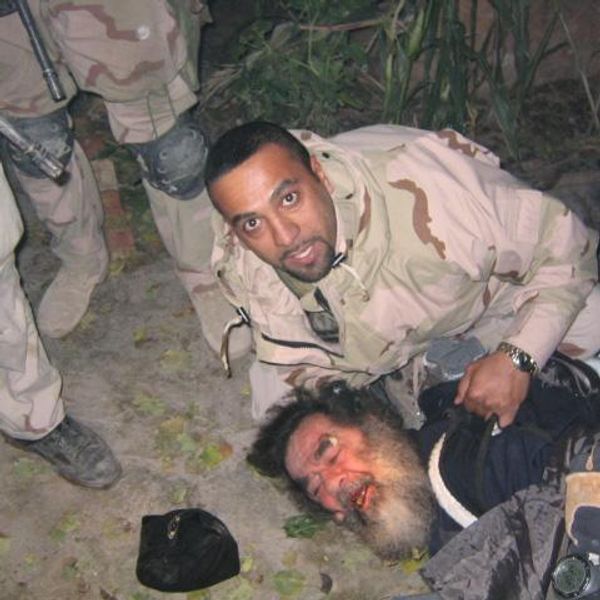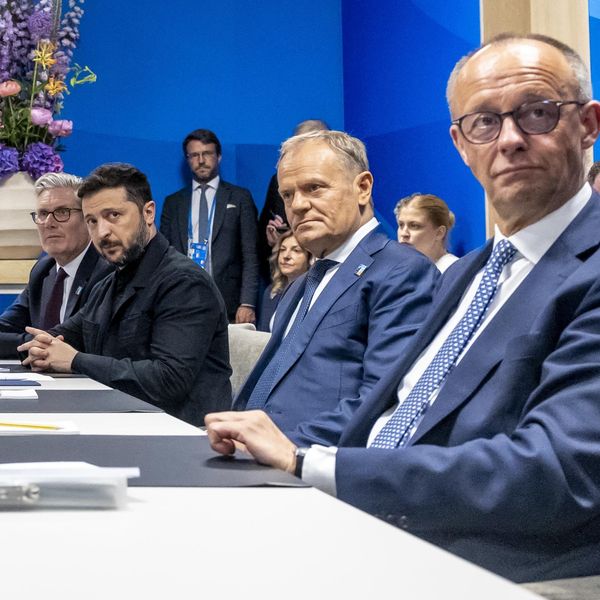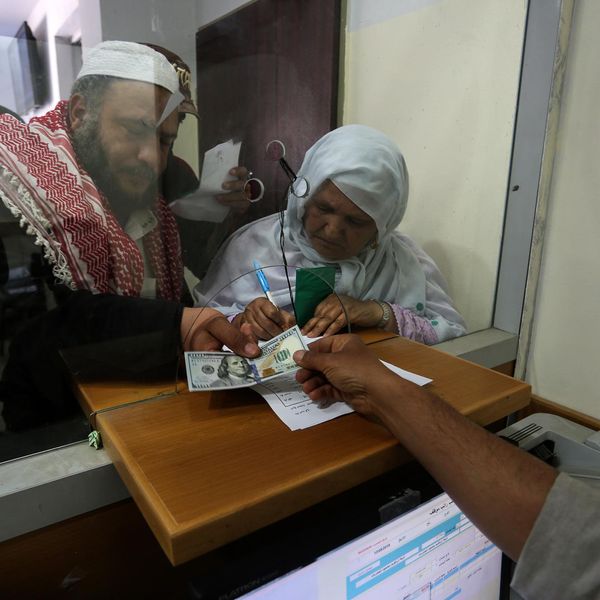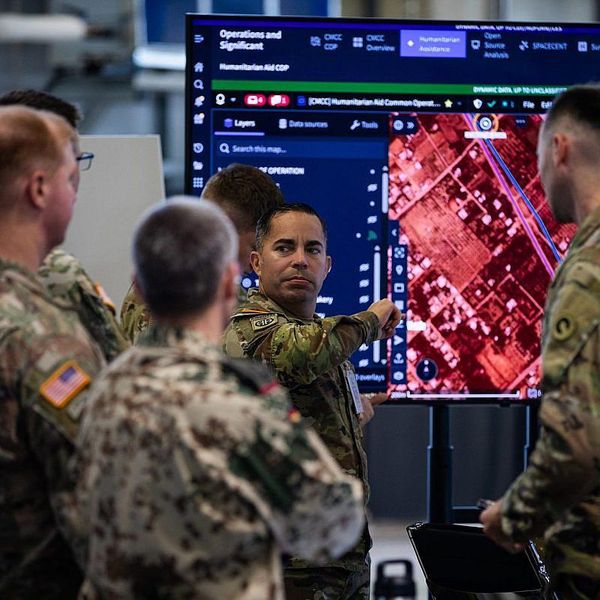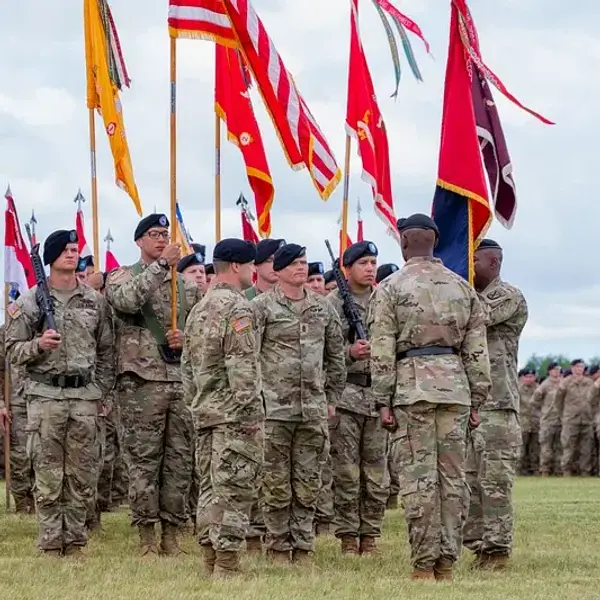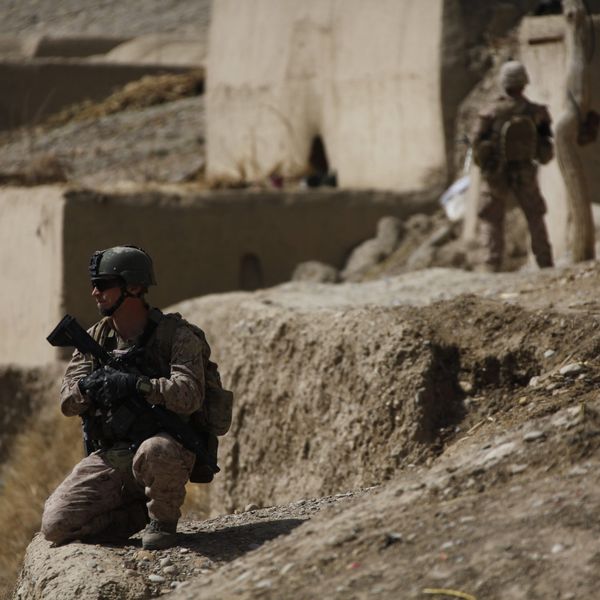Japan has gone through a gradual process of dismantling its self-imposed ban on exporting lethal weapons, a process that reached a new plateau with last month’s decision to permit the export to third countries of the next-generation fighter aircraft to be developed jointly with the United Kingdom and Italy.
When this policy change is read in conjunction with the U.S.-Japan Joint Leaders’ Statement issued on April 10, 2024, it is likely that Japan has agreed to jointly develop and produce missiles with the United States and export them to third countries. (It also marks the latest development in its departure from its pacifist defense policy that dates back to the immediate post-World War II era.) This article tries to explain the background and implications of Japan’s policy changes.
Eroding the arms export ban
After the end of World War II, the Japanese government refrained from exporting arms. In 1967, then-Prime Minister Eisaku Sato made it clear that Japan would not allow the export of weapons either to communist countries, countries whose arms exports are prohibited by U.N. resolutions, or countries involved in international conflicts. In 1976, the cabinet of his successor, Takeo Miki, issued a unified government opinion that banned all arms export. Despite some subsequent exceptions, such as the supply to the United States of technologies related to missile defense, Japan continued to make it a national policy to refrain from exporting arms.
The ban on arms exports began to wear away in 2011. In that year, the cabinet of then-Prime Minister Yoshihiko Noda, the leader of the Democratic Party of Japan, eased regulations in order to permit joint development of weapons with countries that cooperate with Japan on security matters, and export the products to partners in the joint development program. Pursuant to this exception, Japan tried to sell jointly produced submarines to Australia in 2015-16.
In 2014, the cabinet of then-Prime Minister Shinzo Abe enabled the export of military equipment for such uses as rescue, transport, surveillance, and reconnaissance. Under this reform, Mitsubishi Electric began delivering the Air Surveillance Radar Systems to the Philippine Air Force just last year.
In December 2023, the cabinet of Prime Minister Fumio Kishida approved exporting domestically produced weapons under license to the provider of the license. Thus, PAC-2 and PAC-3 interceptors, which are manufactured in Japan under a U.S. license, will be exported to the U.S., effectively replacing what Washington has provided to Ukraine in its war against Russia. This measure is reportedly based on a request from the U.S. government.
Getting close to lifting the whole ban
Most recently, Kishida made a cabinet decision on March 26 to permit the export to third countries of the next-generation fighter aircraft that will be developed jointly with the United Kingdom and Italy. At the same time, the National Security Council amended the Implementation Guidelines on the Three Principles on Transfer of Defense Equipment and Technology. Although the government set three conditions on the export of fighter jets to third countries in the document, the new policy change has broad implications.
First, the government asserts that exports to third countries will be allowed only for the next-generation fighter aircraft, which is the only item now listed in the Implementation Guidelines. However, joint development of Glide Phase Interceptor (GPI) and unmanned aerial vehicles is already under consideration. The very recent U.S.-Japan joint statement also put missiles on the agenda. Once these are materialized, the only thing the government will have to do is add them to the guidelines.
Second, Japan and the recipient country must “conclude an international agreement obligating the use of defense equipment transferred from Japan in a manner consistent with the purposes and principles of the Charter of the United Nations.” Currently, 15 countries are signatories to such agreements, including some authoritarian regimes like Vietnam and the United Arab Emirates. Negotiations are underway with Bangladesh to conclude a similar agreement. The number of signatory countries that will presumably be eligible to buy the jointly-developed weapons will continue to grow.
Third, the ban on exporting the fighter to “a country where combat is currently deemed to be taking place as part of an armed conflict” will remain in effect. For example, if a next-generation fighter plane were completed tomorrow, Japan could not export it to Ukraine. Once sold to an eligible buyer, however, it would of course be possible that it could be transferred to a country that is engaged in conflict.
Rationales for deregulation
The most recent decision, of course, begs the questions of why Japan is so determined to pursue joint development and export, and why it chose the United Kingdom and Italy as its partners.
First and foremost, declining to engage in joint production and exports to third countries would be tantamount to abandoning the efficient introduction of advanced weapons systems in Japan’s future. When the United States started the joint development with its allies and partners of the F-35, Japan was unable to participate in the program because its arms export ban was intact at the time. As a result, Tokyo had to pay much more to buy the warplane and also wait much longer for delivery.
As weapon systems become more sophisticated and development costs soar, forgoing participation in the joint development of advanced weapon systems would very negatively affect Tokyo’s arms procurement policy. Moreover, other participants in a joint development program would effectively disqualify participation by a country that did not agree to the export to third countries.
When it comes to arms procurement, Tokyo has been disappointed with Washington’s performance. In 1987, Japan and the United States began co-production of the current support fighter, the F-2. During the process, however, the U.S. assumed complete control of the development and refused to disclose key technologies to Japan. In the late 2000s, Japan showed interest in purchasing the F-22, but was rebuffed by the U.S. In more recent years, aspects of U.S. weapons development goals have failed to meet the needs of the Self-Defense Forces. As a result, Tokyo has grown skeptical of Washington’s willingness to be flexible. The United Kingdom, on the other hand, appears to have satisfied Japanese requirements for partnership in the joint development of the next-generation fighters.
Domestically, more than 100 companies have withdrawn from the defense industry over the past 20 years, and there is a growing sense of crisis in maintaining the country’s defense industrial base and employment. Because the Japanese companies have limited experience and the domestic market is still too small, the only way to preserve and promote the industry is through joint production and export.
There is a strong desire within the Japanese government to strengthen the alliance and enhance deterrence against China through cooperation with the United States. The Russia-Ukraine war has also reinforced the government's belief that relying on the U.S. alone will be insufficient in the event of a future conflict with China, and that Japan will need broader support from the West. In this view, joint development is useful for deepening security relationships with the West. In addition, Japan hopes to create a more favorable security environment by exporting arms to Southeast Asia and elsewhere.
Finally, nostalgia for the pre-World War II period also has its appeal for some Japanese. As former Prime Minister Abe advocated “dismantling the postwar regime,” many Diet members from the ruling Liberal Democratic Party want to once again realize the “combination of military and nationalism” that existed before the war. Fostering the defense industry through arms exports has been their long-cherished wish.
After approving the export of jointly developed weapons to third countries, political leaders vow that Japan would uphold its basic principles as a peace-loving nation. Coupled with a sharp increase in defense spending and the stipulation of “counterstrike capabilities” that enables attacks on other national territories in its National Security Strategy, however, few would take these words at face value. At the very least, the meaning of “peace-loving nation” has changed completely. While the main pillar of the traditional notion of peace-loving nation was for Japan to maintain its military asceticism and not become a threat, Japan today emphasizes the reinforcement of deterrence in order to achieve peace.
Unfortunately, the military buildup that Japan has recently embarked on and the increase in arms exports alone is unlikely to bring about the improvement in the security environment that Japan desires. Despite the Biden administration's apparent increased density of dialogue with China following the November 2023 U.S.-China summit, Tokyo has recently shown virtually no interest in direct communication with China. If Tokyo pursues deterrence by further building its military infrastructure, promoting arms exports, and strengthening alliances without offering reassurance to Beijing, it will inevitably result in the security dilemma for both countries. The real concern is that Japan is underestimating the risk.

